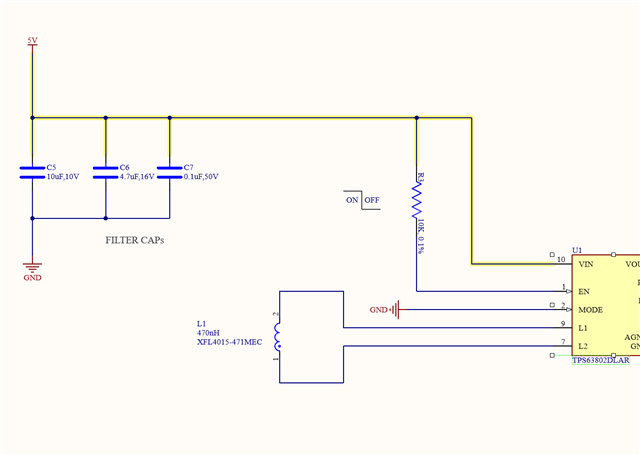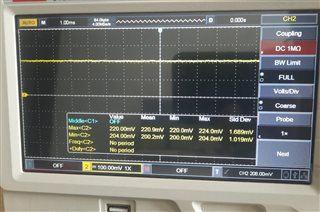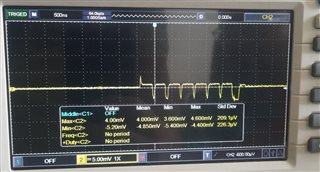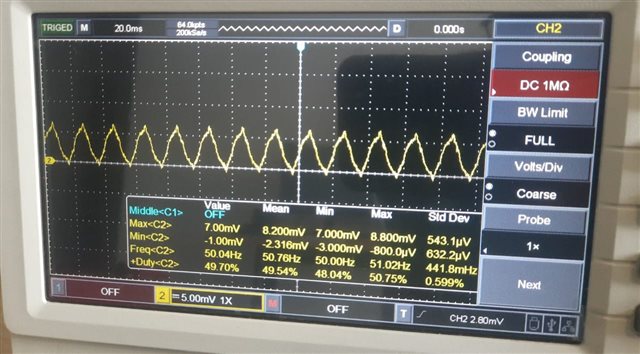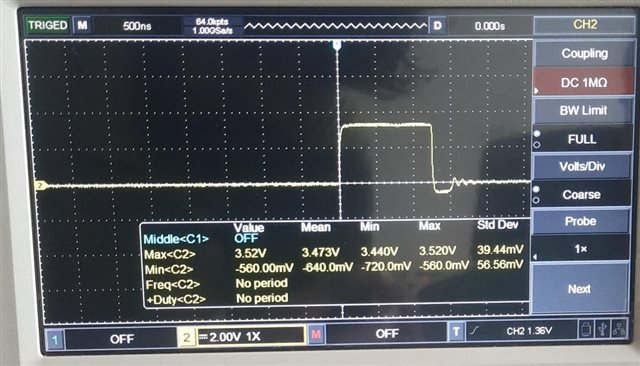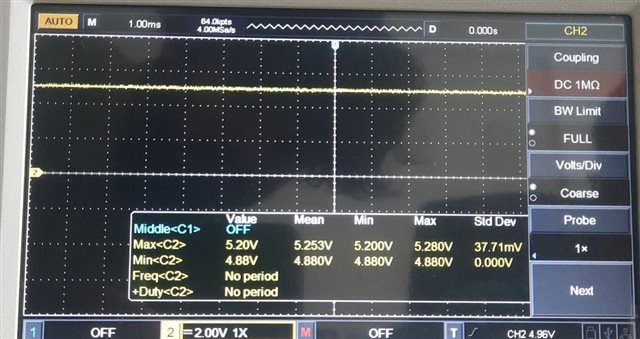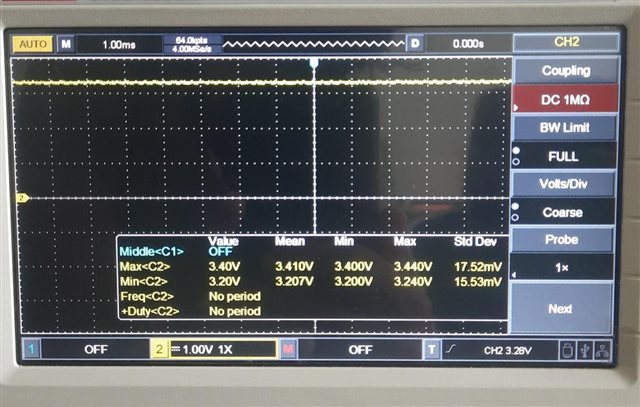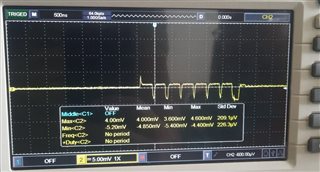I am currently reviewing the datasheet of TPS63802dlar and have a query regarding the connection between the input voltage (rated at 5V) and the Enable (EN) pin.
The datasheet indicates a direct connection between the EN pin and the voltage input. However, I am thinking of having a 10K resistor in between the input voltage and Enable pin in the circuitry. I am reaching out to seek your professional opinion on whether incorporating a 10K resistor in series between the input voltage and the EN pin would be advisable.
Your insights on this matter would be greatly appreciated, and I look forward to your guidance.